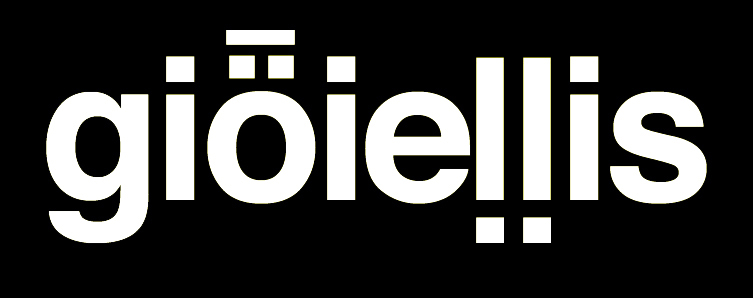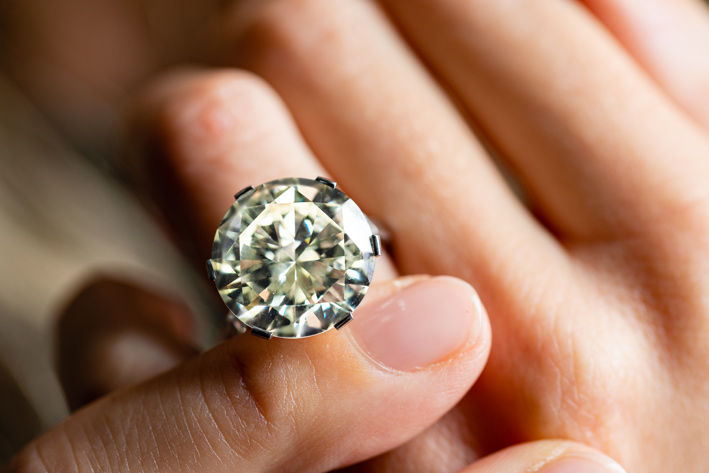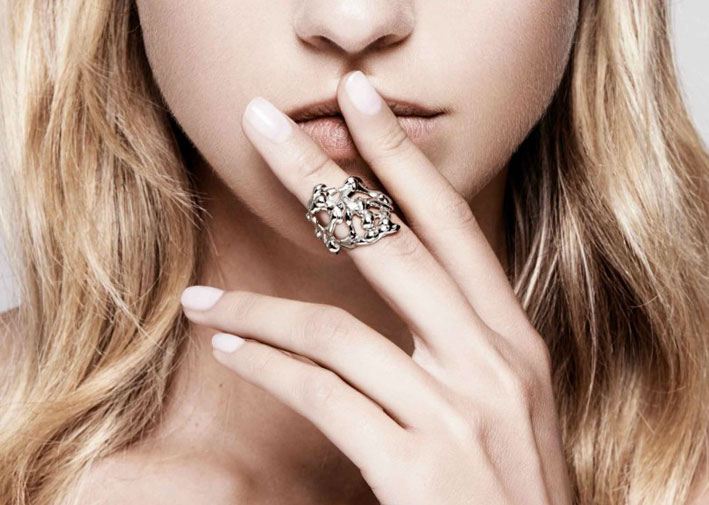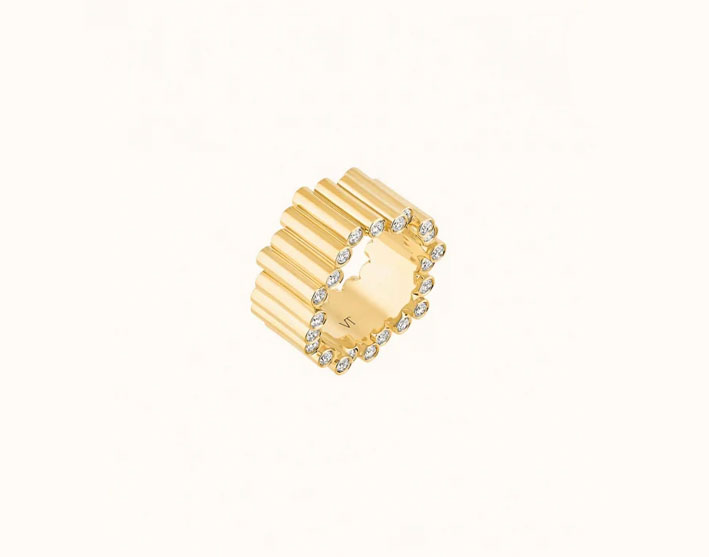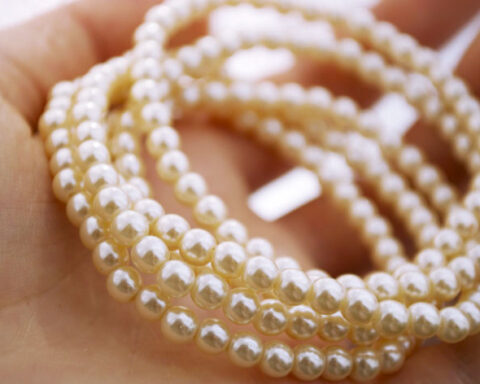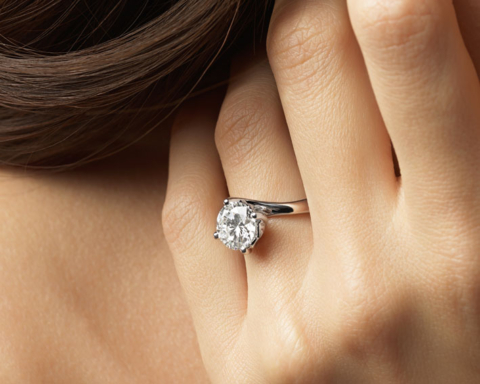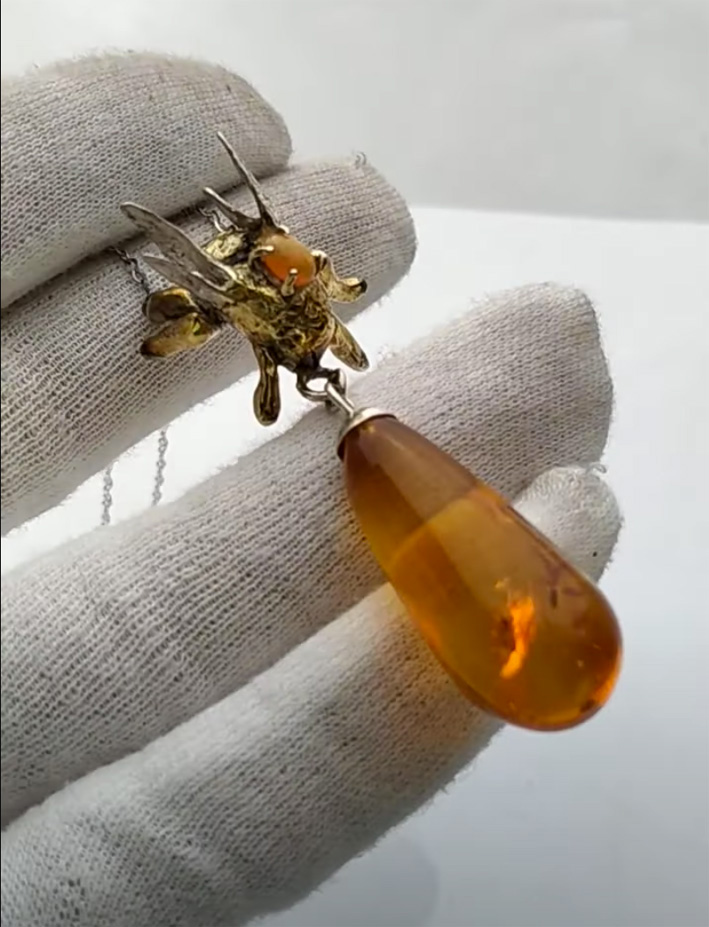Beware about symmetry: the cut of a diamond can enhance or make a less brilliant ring. Here’s how to find out.
While you’re ready to invest part of your savings in a diamond ring, think through how to choose the jewel. Of course, a diamond is forever: for this reason it is worth to make a careful choice. You already know what are the four C. You have already read our guide How to choose the diamond ring and How to choose a diamond. But there is still one thing to know: you must pay attention to symmetry. Yes: a diamond can also be «a bit faulty». In this case it will shine less and have less value in the future.
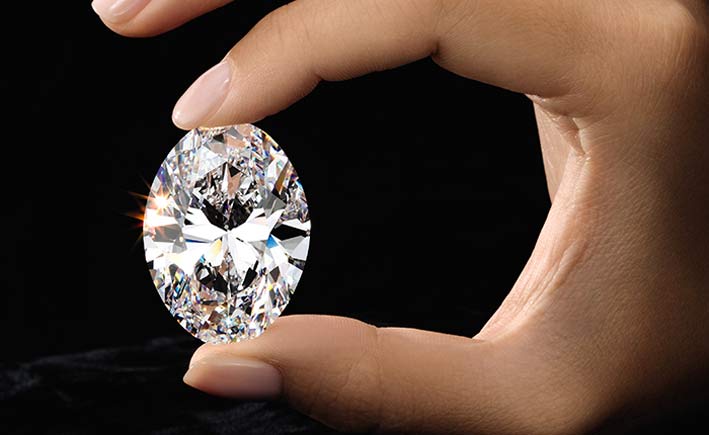
What does symmetry?
The symmetry refers to the precision, the shape and arrangement of the diamond facets. The brilliant-cut, for example, has 58 (or 57 if it has not the one on the bottom tip, the culet) that must be perfectly symmetrical: is not simple. We must say that identifying the symmetry is not easy: the Gemological Institute of America (GIA) has put 15 years and has studied 38 million diamonds before deciding how to judge the symmetry of a diamond, in particular the round, brilliant-cut. At the end of so much effort it has established the parameters and classification. The symmetry can be Excellent, Very Good, Good, Fair and Poor.
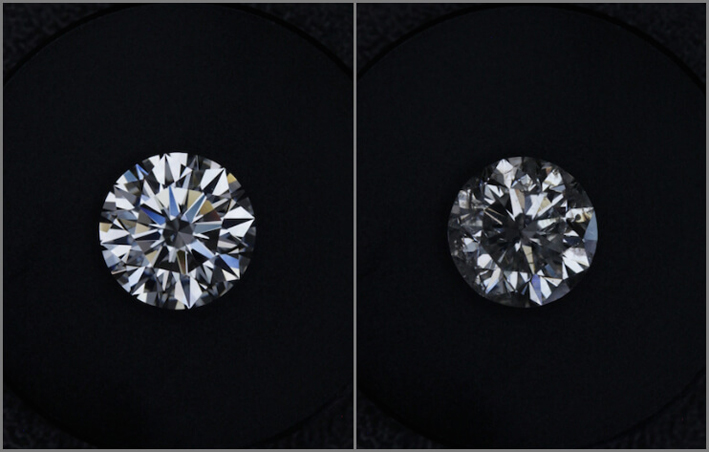
Why it is important?
Think about it for a moment: a diamond must be as transparent as possible to let the light filter inside. Then, it must reflect light through its facets. If these aren’t perfectly symmetrical, the sparkle of the light won’t be perfect either. More: the diamond could sparkle very little because the stone is unable to let the light out from inside. Defects of this type, caused by lack of symmetry, are called deviations. Does it happen often? Fortunately no. Once upon a time those who cut stones did everything by hand, in poorly lit environments. Now technology helps not to make mistakes, or almost.
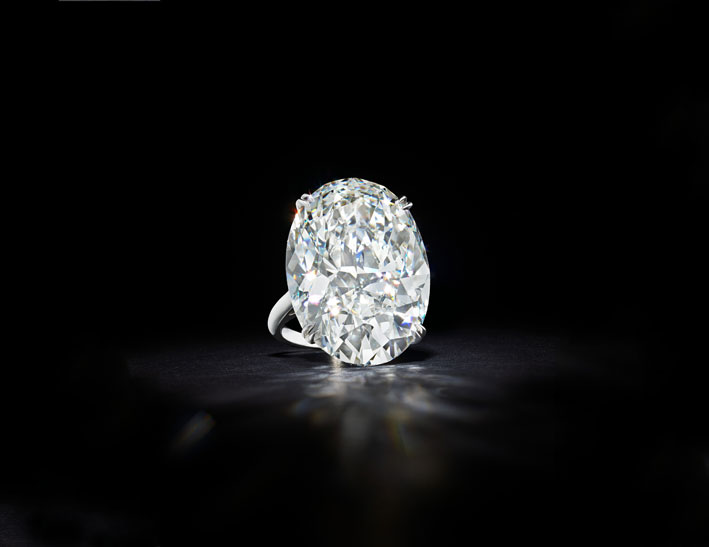
Here are the degrees of symmetry of the diamond
Excellent. Diamonds with excellent symmetry. They have no deviations and have no incorrect or missing facets.
Very good. Diamonds with symmetry that has a couple of unimportant deviations, such as minimal misalignment or an imperfect facet.
Good. Diamonds with good symmetry, but also some deviations which can affect the brilliance. For example, due to the angle of the pavilion or a missing facet.
Discrete. Diamonds that exhibit various deviations and, consequently, a reduced brilliance. Deviations impair perfect light reflection.
Rare. Poor symmetry and several obvious deviations can make the diamond nearly dull. The causes can be different, such as a non-perfectly centered surface, missing or non-identical facets.
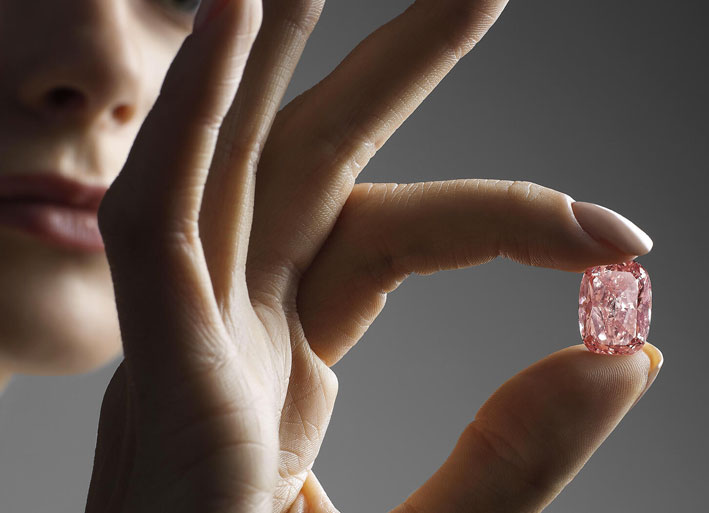
What should you watch?
The images you see are eloquent: the differences in the cut may be minimal, or jump to the eye. The best thing to do is compare different diamonds with the same cut, and in the same light: choose the one that seems to shine better, that you like the most: most likely you will not find a not symmetrical diamond.

